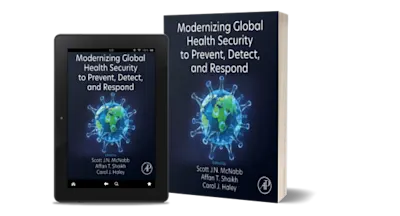LIMITED OFFER
Save 50% on book bundles
Immediately download your ebook while waiting for your print delivery. No promo code needed.

Corrosion Resistant Alloys for Oil and Gas Production: Guidance on General Requirements and Test Methods for H2S Service, Volume 69, proposes test methods for assessing the envir… Read more
LIMITED OFFER
Immediately download your ebook while waiting for your print delivery. No promo code needed.

Corrosion Resistant Alloys for Oil and Gas Production: Guidance on General Requirements and Test Methods for H2S Service, Volume 69, proposes test methods for assessing the environmental cracking resistance of Corrosion Resistant Alloys (CRAs) and provides a standard methodology for establishing the environmental cracking resistance of CRAs in H2S service. This revised volume discusses changes to the procedure for stress loading Bent Beam specimens, C-ring specimens, ISO 15156/NACE MR0175, and associated corrigenda.
1. Terminology and Definitions
1.1 Generic and Oilfield Terms
1.2 Definitions and Abbreviations
2. Standards Referred to in this Document
3. Introduction
4. Scope
5. Objective
6. Overview of Requirements for Selection and Qualification of CRAs for Oil and Gasfield Use
6.1 Introduction
6.2 Resistance to Corrosion by Produced Fluids
6.3 Corrosion Resistance in Other Fluids
6.4 Qualification and Ranking of CRAs
6.5 Quality Assurance (QA), Quality Control (QC) Testing
7. General Principles and Limitations of Proposed SSC/SCC Tests
7.1 Background
7.2 Test Environments
7.3 Test Stresses and Loading of Specimens
7.4 Test Specimens
7.5 Test Duration and Strain Rate
7.6 Test Temperature
7.7 Test Materials
7.8 Interpretation of Test Results
7.9 Limitations of the Proposed Test Methods
7.10 Alternative Test Methods.
7.11 Reproducibility of Tests
8. SSC/SCC Test Procedures
8.1 General Requirements
8.2 Test Environments
8.3 Test Pressures
8.4 Specimen Selection and Surface Preparation and Loading
8.5 Loading
8.6 Primary Test Methods
8.7 Supplementary Test Method
8.8 Test Report
APPENDIX
1: Mechanisms of Environmental Cracking
2: The Source, Nature and Analysis of Produced Water in Oil and Gas Production
3: Titanium Alloys-Limitations of Use
4: Reference Environments for Comparative (or Ranking) SSC/SCC Testing that is not Application Specific
5: Normalisation of Slow Strain Rate Test Ductility Measurements
6: Autoclave testing of CRAs
7: Stressing of Bent Beam Specimens and C-Rings
SUPPLEMENTARY APPENDIX SI: Test Methods for the Evaluation of the Corrosion Performance of Steels and Non-Ferrous Alloys in the System: Water-Hydrogen Sulphide-Elemental Sulphur
CF